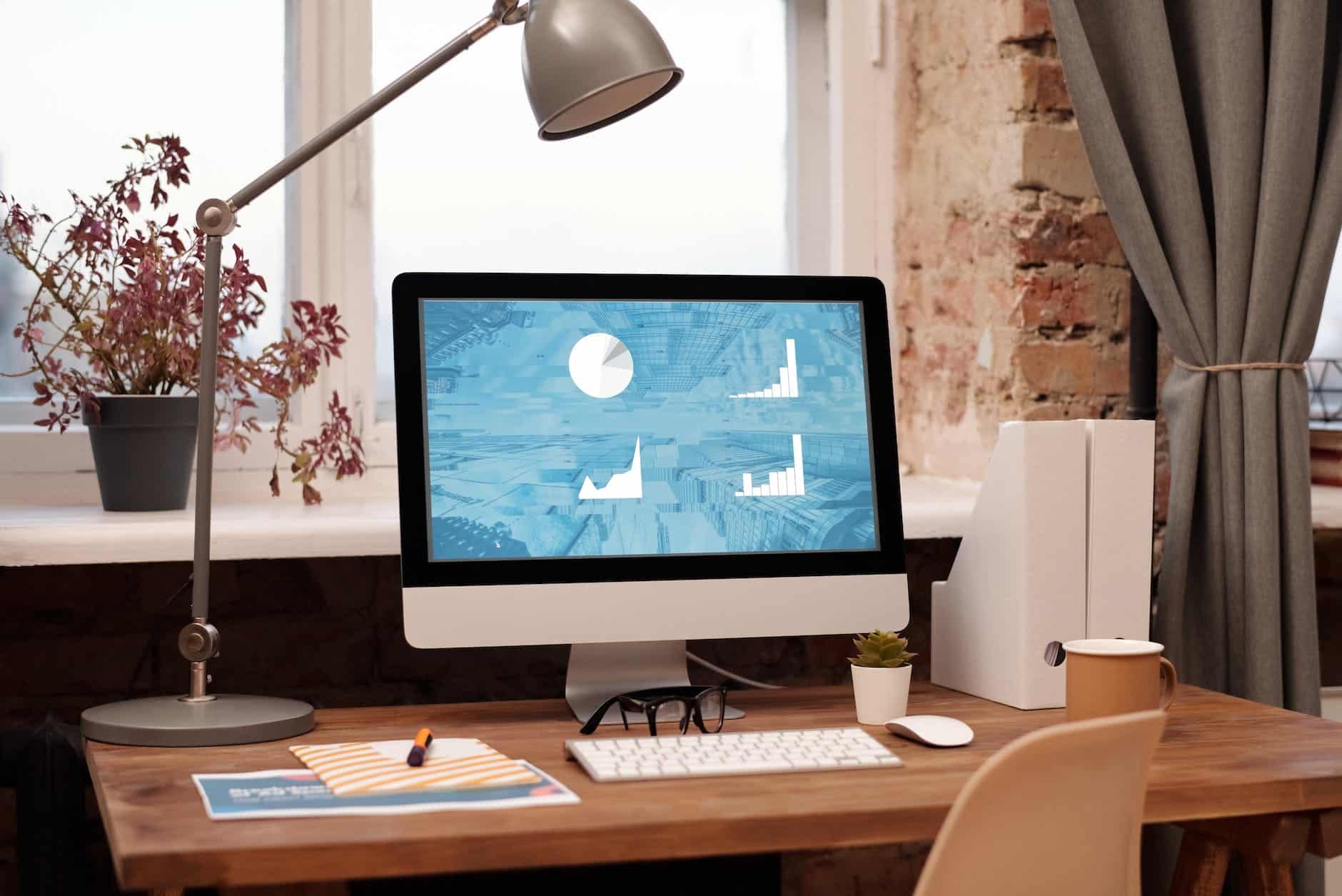Do you think your customer values the benefits of your product or service?
Have you really thought about this?
Many of the companies we help in our training and business coaching processes usually present us with complex catalogs and presentations, focused on benefits or features.
Is this wrong?
Of course not.
But is it what your customers want to know?
Generally, no!
With the market saturated with commercial information about your products, services, and those of your competitors, it is difficult for them to pay attention.
Experience tells us that most customers only care about one thing:
“EUROS” / “DOLLARS” / Etc.
What he is looking for when he looks at you is only:
“How can this company help me to EARN more euros or SAVE more euros”.
Everything else ends up being incidental.
One of the big mistakes I see in marketing materials and commercial presentations is precisely this.
They are too focused on the features and benefits of the product or service.
However, they do not clearly demonstrate this same value to customers.
When we analyze something that is not essential to the customer, and let’s face it, many of the things we sell are not, he has one sentence in his head:
“What’s in it for me”.
Personally I prefer marketing materials or presentations that:
- Are simple
- Are balanced (in text, graphics and images)
- Prove the value (how we will earn/save)
But let’s look at each of these vectors:
Simple
Most decision makers these days don’t have time to read a lot of material.
What happens is that they run their eyes diagonally through what we send and if something catches their attention, then they keep reading.
If our presentation is too complex and difficult to read, then it is very likely that they will not perceive the value it presents and will abandon their reading.
Balanced
Not all of us are the same.
Some like to read complete texts, others like to see what is presented graphically.
In this sense, and to please the greatest number of decision makers, there must be a balance between:
- Text
- Images
- Graphics
- This way, we can maximize the probability of our material holding their attention for longer.
Prove the value
There are usually two vectors of proof:
One will be that of demonstration, with numbers, graphs, statistics, that lead the decision-maker to prove for himself that, in fact, our product or service brings him those advantages.
The other will be the vector of testimonials or other cases of customers who may already be using our solution.
In this sense, try whenever possible to provide testimonials and customer lists, preferably from the customer’s sector with which you intend to work.
If you follow these three rules, you will see that your marketing materials and commercial presentations will be much more successful.
Also published on Medium.



Leave a Reply
You must be logged in to post a comment.